Red Sonja 2
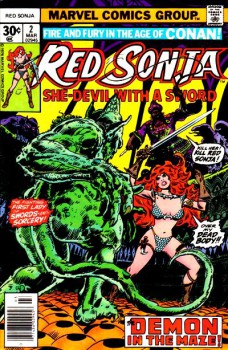 Honestly, I’ve tried twice to summarize “The Demon in the Maze,” and I just can’t figure out how. It’s a psychedelic mess of gonzo insanity. It reads as if co-writers Roy Thomas and Clara Noto just switched off writing pages without any idea of where the story was heading or how it would end. The whole thing is plenty of fun; but at the end, I still can’t figure it out.
Honestly, I’ve tried twice to summarize “The Demon in the Maze,” and I just can’t figure out how. It’s a psychedelic mess of gonzo insanity. It reads as if co-writers Roy Thomas and Clara Noto just switched off writing pages without any idea of where the story was heading or how it would end. The whole thing is plenty of fun; but at the end, I still can’t figure it out.
It starts with Sonja finally reaching Venzia (which she’s been heading towards since Marvel Feature 6). The first thing she sees when she’s in sight of its famous canal is two trading ships crashing into one another and sinking. Even though the ships are less a minute’s swim from shore on either side of the canal, none of the sailors survive the crash.
Sonja doesn’t really have time to consider this mystery before she happens upon a woman being attacked by three bandits. She easily kills the trio in less than a page, but a fourth bandit, hiding in the shadows, knocks her unconscious and drops her to an underground mirror maze. The mirrors mess with her head to the point where she first hallucinates herself as a withered old woman (rendered only a little hilarious by the fact that she’s still wearing the chain mail bikini), then watches as her arms transform into snakes that begin to strangle her. Realizing that it’s an illusion, Sonja calms down and lets her mind “go limp,” at which point a passage out of the maze opens up. She leaves the maze and walks into the plot of the story.
An old man (who is never named) lies dying on the ground and explains that the underground chamber is the prison for an evil wizard (also unnamed) who wants to rule the world. Apparently, the chamber is also the prison of a demon (once again, unnamed) who can only be freed by a human hand. But not any human hand (otherwise, his cell-mate the evil wizard would just free him). The demon can only be freed by a human of exceptionally strong will (translation: the evil wizard is a wimp). The demon created the mirror maze as a test: anyone with a will strong enough to see through its illusions would have a will strong enough to free the demon. The fact that the maze is littered with bones implies that a lot of other women have been trapped down here.
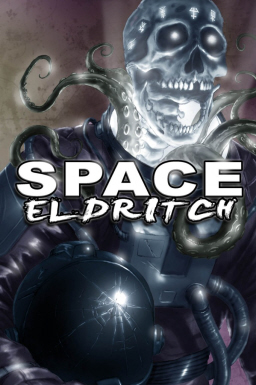
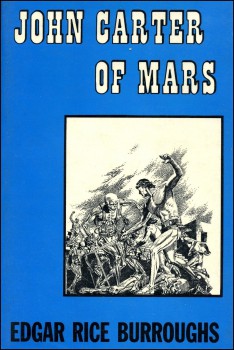 So it ends here, not with a climatic epic, but with a bit of house cleaning almost fifteen years after the author’s death. The final book in Edgar Rice Burroughs’s career-spanning Barsoom saga is a slender volume containing two unrelated novellas.
So it ends here, not with a climatic epic, but with a bit of house cleaning almost fifteen years after the author’s death. The final book in Edgar Rice Burroughs’s career-spanning Barsoom saga is a slender volume containing two unrelated novellas.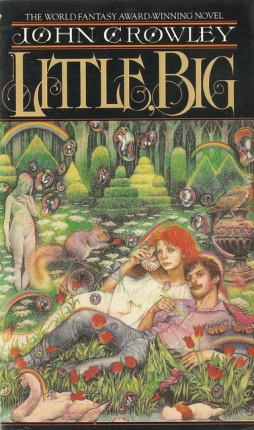 I’ve been thinking a fair bit lately about how I read what I read, and how I enjoy it. Or, what’s in it that I enjoy. It seems to me that much of the pleasure in my reading comes about from bad habits. Which is to say, habits that I can’t help but think ought to be bad, but which nevertheless feel central to the act of reading. Maybe that feeling’s an illusion; maybe it’s the secret why bad habits become habits. At any rate, I thought I’d be self-indulgent this week and throw out what I’ve come up with, as I’d love to hear if any of it resonates with anyone else’s experience of reading.
I’ve been thinking a fair bit lately about how I read what I read, and how I enjoy it. Or, what’s in it that I enjoy. It seems to me that much of the pleasure in my reading comes about from bad habits. Which is to say, habits that I can’t help but think ought to be bad, but which nevertheless feel central to the act of reading. Maybe that feeling’s an illusion; maybe it’s the secret why bad habits become habits. At any rate, I thought I’d be self-indulgent this week and throw out what I’ve come up with, as I’d love to hear if any of it resonates with anyone else’s experience of reading.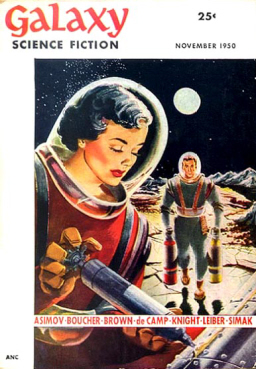
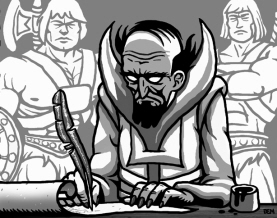 We’re slowly capturing all the online fiction we’ve published here over the past 12 years as part of our Black Gate Online Fiction series. This week we present the complete text of Alex Kreis’s “The Renunciation of the Crimes of Gharad the Undying,” one of the shortest tales to ever appear in Black Gate.
We’re slowly capturing all the online fiction we’ve published here over the past 12 years as part of our Black Gate Online Fiction series. This week we present the complete text of Alex Kreis’s “The Renunciation of the Crimes of Gharad the Undying,” one of the shortest tales to ever appear in Black Gate.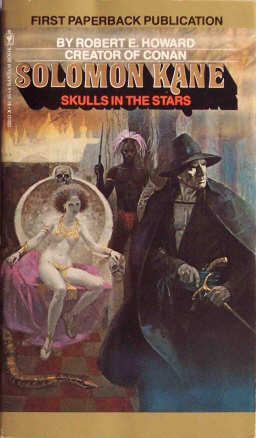
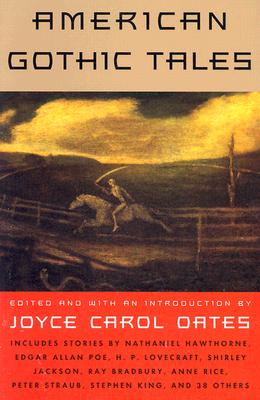

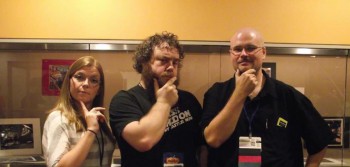 Today, with finally a free minute between holiday commitments and work deadlines, I took a minute to hop over to Patrick Rothfuss’s blog, because I had not yet donated to the Worldbuilders charity and, as you can see on the right, Rothfuss and I (and my wife) are all pretty tight … and contemplative.
Today, with finally a free minute between holiday commitments and work deadlines, I took a minute to hop over to Patrick Rothfuss’s blog, because I had not yet donated to the Worldbuilders charity and, as you can see on the right, Rothfuss and I (and my wife) are all pretty tight … and contemplative.